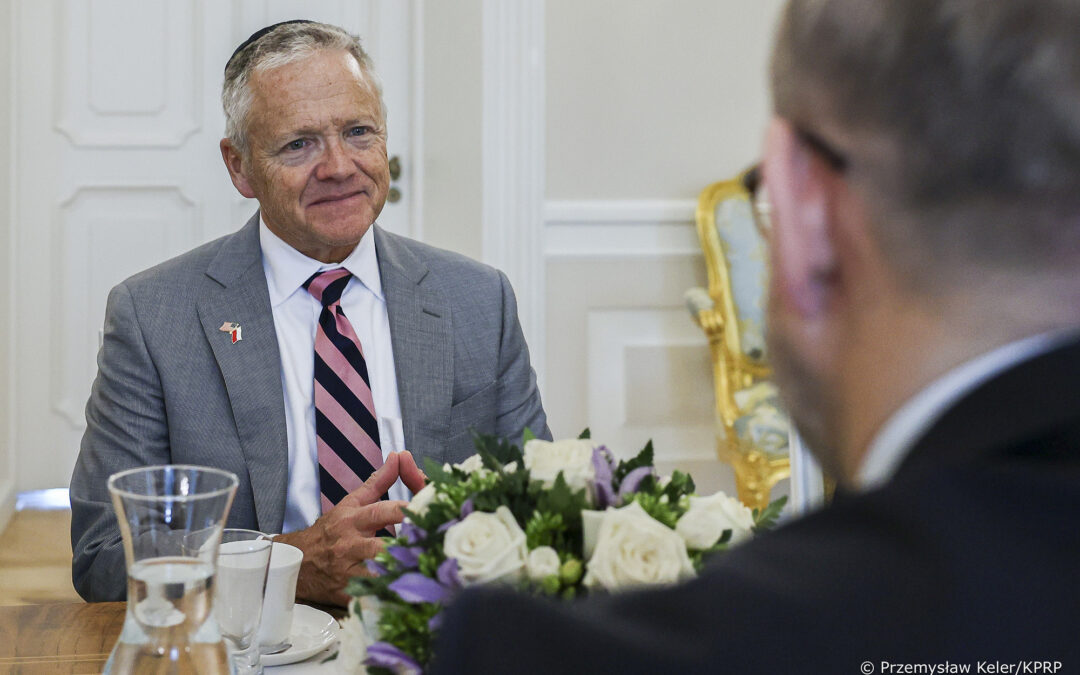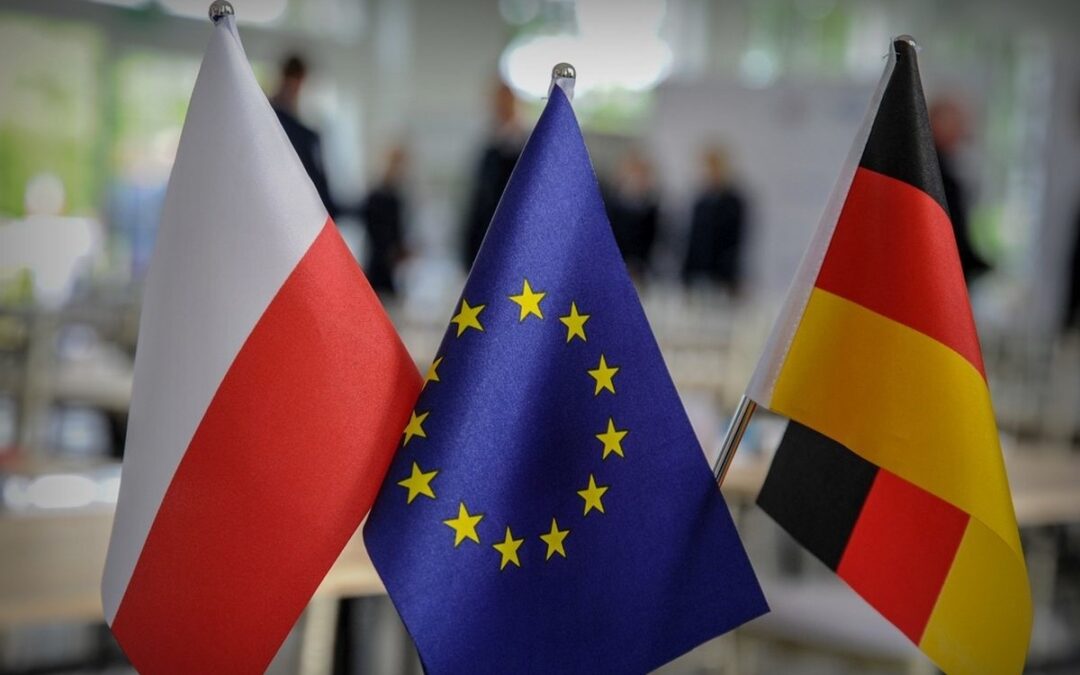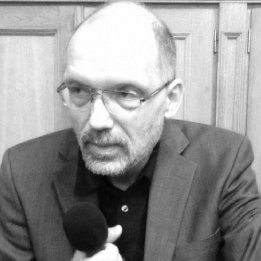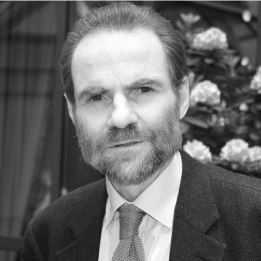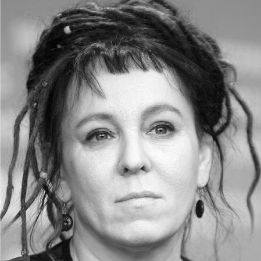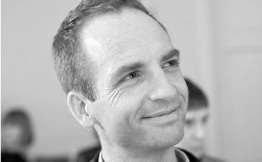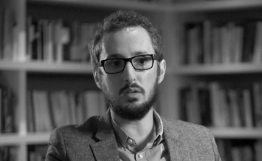Keep our news free from ads and paywalls by making a donation to support our work!

Notes from Poland is run by a small editorial team and is published by an independent, non-profit foundation that is funded through donations from our readers. We cannot do what we do without your support.
A new report has highlighted how Poland’s decision to make many of its social benefits universal, rather than targeted based on needs, results in the wealthiest receiving a large proportion of payouts – in some cases more than the poorest.
With the country’s main child benefit payment, for example, the richest 20% of households will receive 12.9 billion zloty (€3 billion) this year, more than the 12.6 billion zloty paid out to the poorest 20% of households, according to the Centre for Economic Analysis (CenEA), a think tank.
It argues that, at a time when Poland faces one of the EU’s fastest-growing public-debt burdens, the government should consider limiting such benefits to less affluent households.
Nowa, ważna analiza CenEA (@MichalMyck i in.) mierzy do kogo trafia "socjał" w Polsce
Okazuje się, że ze 100 mld wydatków na transfery powszechne ok. 23 mld trafia do biednych, a aż ok .80 mld do klasy średniej i wyższej, z czego ok. 17 mld do 20% najbogatszych dochodowo 1/n pic.twitter.com/nw7ldgjD3t— Michal Brzezinski (@BrzezinskiMich) November 25, 2025
Since 2015, when the national-conservative Law and Justice (PiS) party came to power, spending on social benefits has risen sharply, after the PiS government introduced its flagship child benefit programme and also additional 13th and then 14th monthly pension payments.
A key aspect of those payouts was that they are universal, rather than means tested, making them available to all parents and pensioners.
Poland is set to spend 102.4 billion zloty in 2025 on those three schemes plus a smaller universal care allowance for over-75s. Of that, 22 billion zloty (21%) will reach the poorest 20% of the population, the report finds. Meanwhile, the richest 20% will get 17.4 billion zloty (17%).
At the same time, notes CenEA, means-tested benefits such as family and housing allowances have steadily shrunk, both in total expenditure and in the number of recipients.
When adjusted to 2024 prices, spending on family allowances fell from 11.4 billion zloty in 2005 to 1.7 billion zloty in 2024, while housing allowance spending declined from 2.3 billion zloty to 0.9 billion zloty over the same period.
As a share of GDP, family allowance spending has dropped from 0.6% to 0.05%, and housing support from 0.1% to 0.02%.
Poland’s main child benefit programme should be limited to families in which parents are employed, a deputy prime minister has proposed.
Władysław Kosiniak-Kamysz argued that universal payouts are failing to address the country’s demographic crisishttps://t.co/tfcfbBfbJf
— Notes from Poland 🇵🇱 (@notesfrompoland) July 28, 2025
The current government – a broad coalition led by Prime Minister Donald Tusk that came to power in December 2023 – has so far kept PiS’s universal schemes in place but has also begun shifting away from universality with its own programmes.
A new widow’s pension, which allows widows and widowers to collect not only their own pension but also part of their late spouse’s, depends on the couple’s pension levels and is capped at three times the minimum pension.
“Given the level and expected dynamics of public debt…it seems necessary to create a more effective structure for supporting households so that state aid reaches those households that need it most,” CenEA said.
“Our simulations show that even simple changes in regulations concerning the scope of support can bring significant savings to the state budget,” it added.
Parliament has voted in favour of introducing a so-called “widow’s pension” that would allow widows and widowers to combine their pension with their late spouse’s.
The aim is to tackle pension poverty, which affects women in particular https://t.co/jt8gWWUQsB
— Notes from Poland 🇵🇱 (@notesfrompoland) July 29, 2024
Poland was placed under the European Union’s excessive deficit procedure last year, requiring it to bring its public finances under control. It recorded the bloc’s second-fastest annual rise in public debt in the second quarter of this year.
The finance ministry expects debt to climb to 75% of GDP by 2029, up from 58.1% now – still below the EU average but one of the steepest rises, economists say.
While growing defence spending is one factor, analysts point to social benefits as the primary driver.
“When you compare Poland with other Central and Eastern European countries, the increase in [social] expenditures is one of the highest,” Milan Trajkovic, primary analyst for Poland at Fitch rating agency, told Notes from Poland.
Poland has recorded the EU’s second-fastest annual increase in public debt, new @EU_Eurostat data show.
The country has been running sizeable budget deficits in recent years as it boosts social spending and ramps up defence investment https://t.co/jjEqAJALl8
— Notes from Poland 🇵🇱 (@notesfrompoland) October 23, 2025
Janusz Jankowiak, chief economist of the Polish Business Roundtable, an association of owners and senior managers of large companies, called CenEA’s report “devastating for the current social transfer system in Poland”.
“This system is not only costly for the overburdened budget but, above all, extremely ineffective when it comes to its goal of providing budgetary support to the poorest and most needy groups,” he wrote.
Marcin Materna, director of research at Millennium Brokerage House, told the Rzeczpospolita daily that Poland’s universal benefits are effectively “a disguised form of tax cuts, but only for selected taxpayers, those whose votes politicians care about most”.
“They have nothing to do with social security for citizens,” he added. “Meanwhile, there are insufficient funds for medical treatment and adequate senior care for all those in need.”
Just over half (51%) of Poles use both public and private healthcare services, the highest figure ever recorded.
Only 24% exclusively use public healthcare – a record low – while 11% rely only on private providers https://t.co/uUshVwDjEv
— Notes from Poland 🇵🇱 (@notesfrompoland) August 29, 2023
However, in response to CenEA’s report, the European Anti-Poverty Network warned that “cuts in universal benefits without rebuilding benefits for the poor is a dead end”
“Universal benefits should remain universal, although they can decrease with income,” wrote EAPN. “Funds from such reforms should be invested in benefits for the poor and needy.”
The number of people living in extreme poverty in Poland rose to 2.5 million in 2023, equivalent to 6.6% of the population, which is the highest level in almost a decade.
Among children, the extreme poverty rate was even higher, at 7.6% https://t.co/SoiMGeS3gh
— Notes from Poland 🇵🇱 (@notesfrompoland) October 17, 2024

Notes from Poland is run by a small editorial team and published by an independent, non-profit foundation that is funded through donations from our readers. We cannot do what we do without your support.
Main image credit: Karola G/Pexels

Alicja Ptak is senior editor at Notes from Poland and a multimedia journalist. She previously worked for Reuters.


